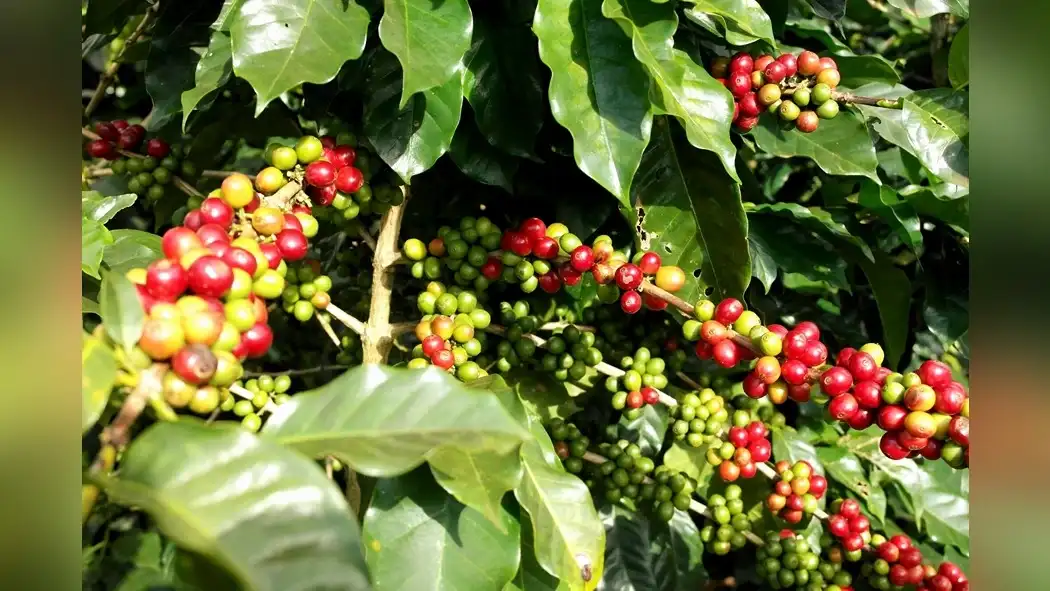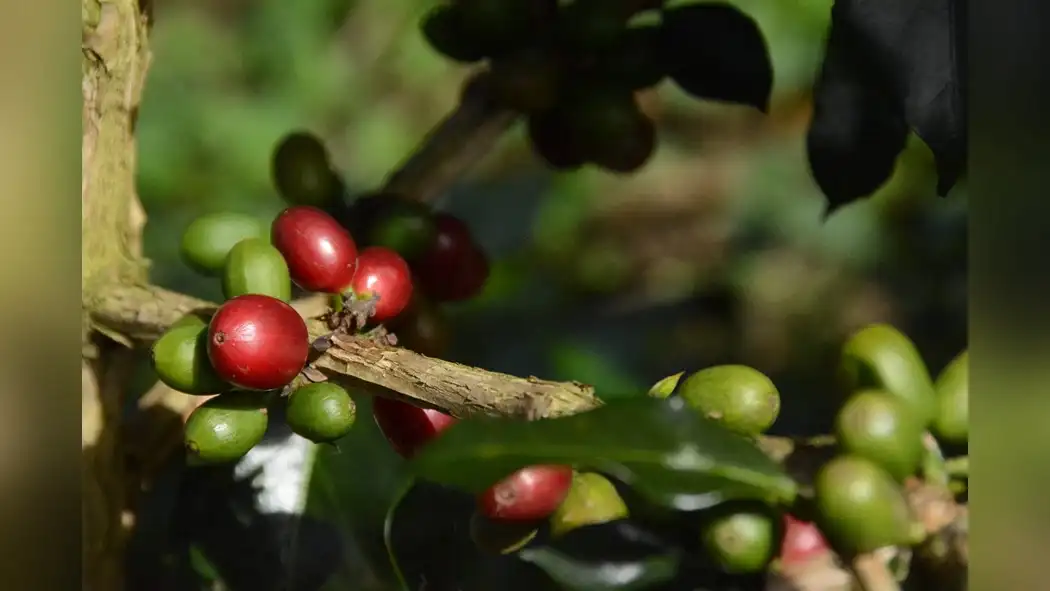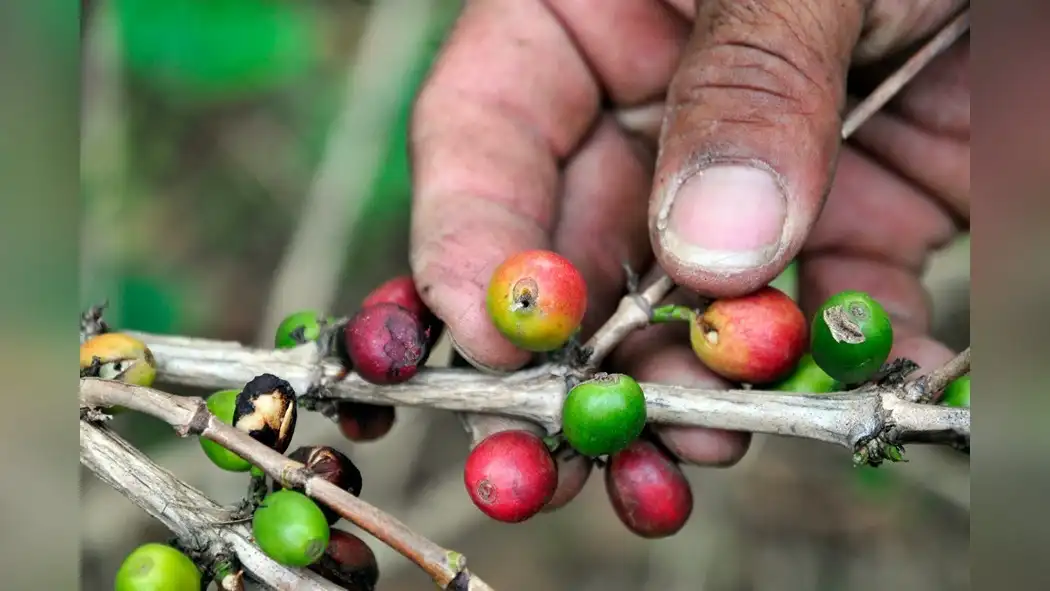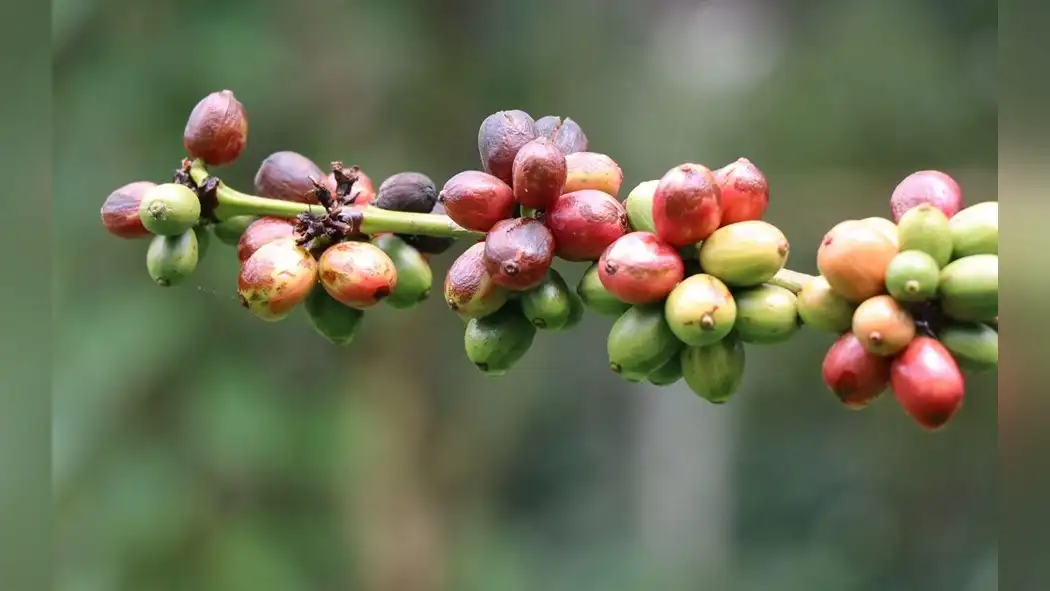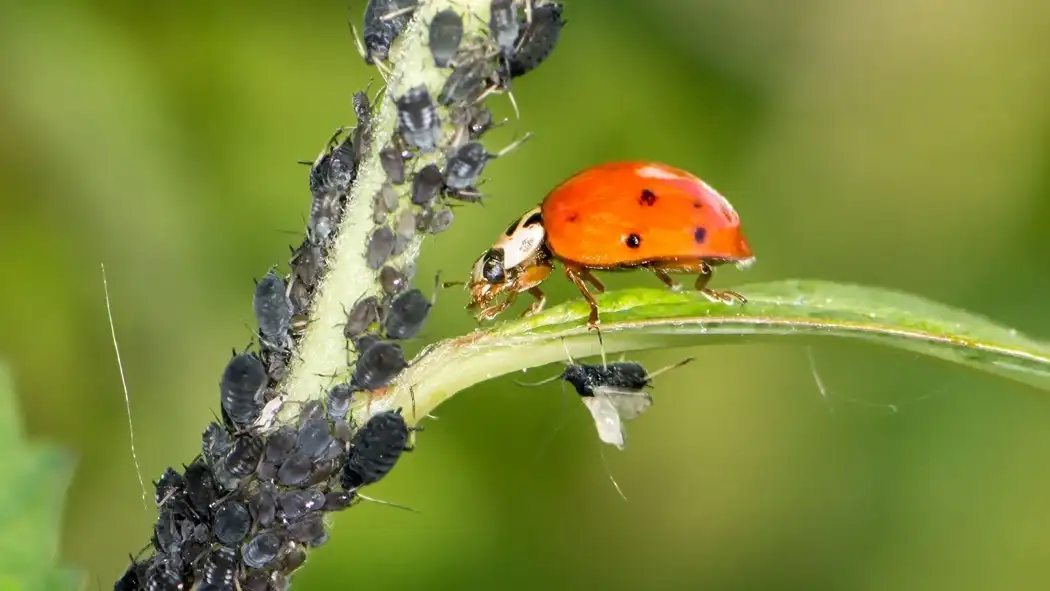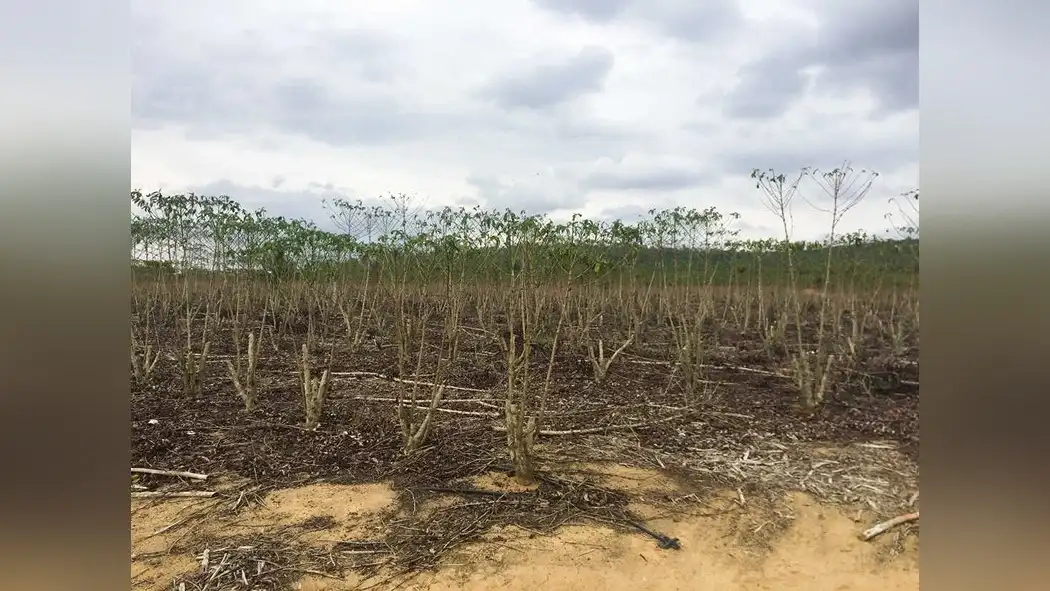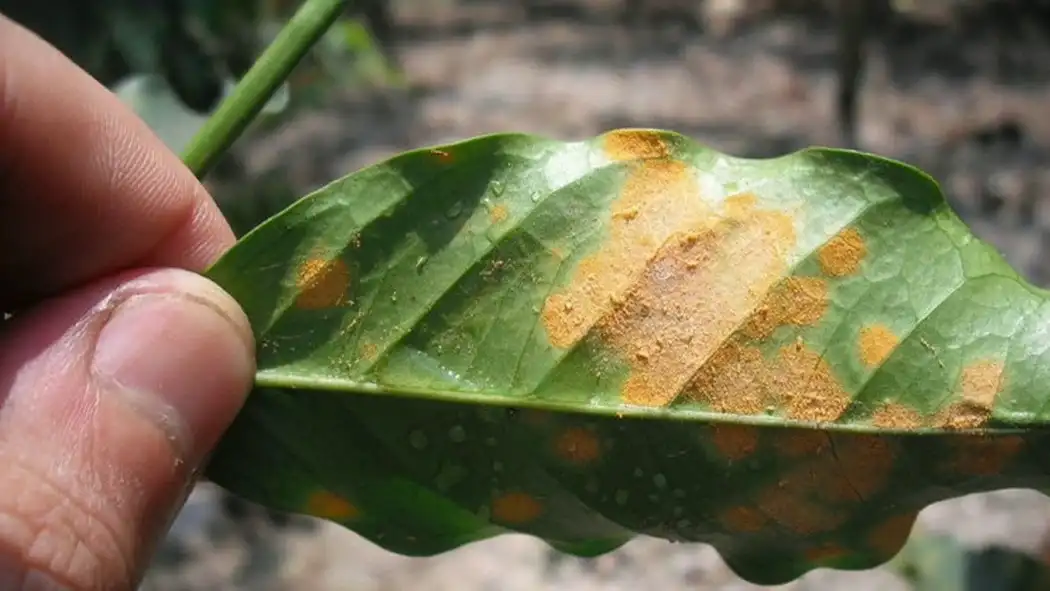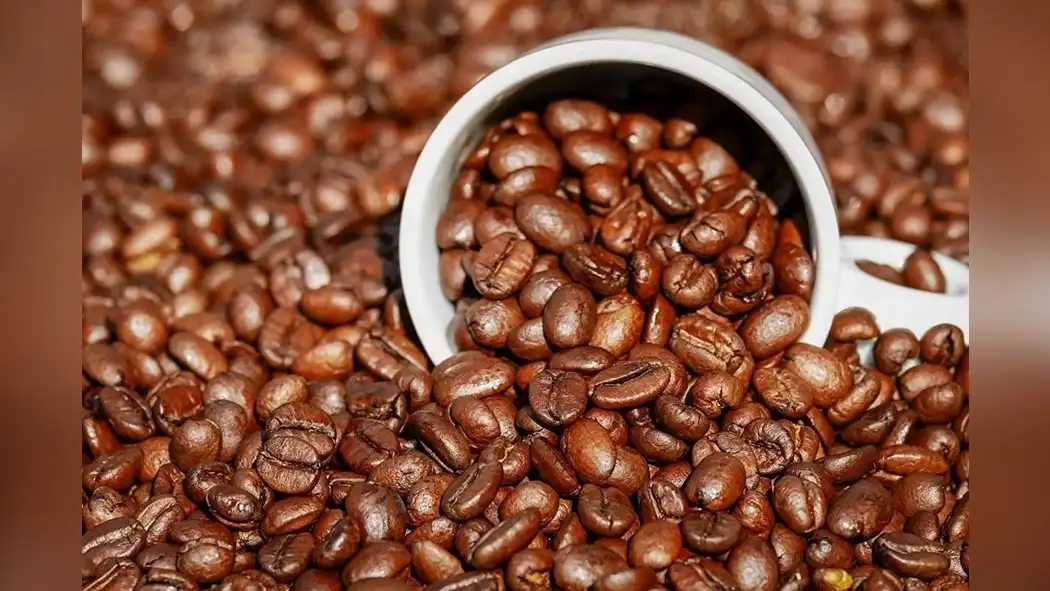You can prevent pests and diseases in your robusta coffee plants by implementing cultural practices.
For instance, by effectively managing the soil and using proper planting techniques, you can create a healthier environment for your coffee plants, reducing the risk of pest infestations and diseases.
Other practices such as shade management, crop rotation, pruning and training, intercropping methods, and water management also play crucial roles in preventing issues that can affect the quality and yield of your coffee crop.
Understanding and implementing these cultural practices can help you maintain the health and productivity of your robusta coffee plants.
Soil Management
To maintain healthy soil for your Robusta coffee plants, regularly test the pH levels and nutrient content. The soil composition plays a crucial role in the growth and productivity of your coffee plants.
Robusta coffee plants thrive in well-draining, loamy soil with a pH range of 5.5 to 6.5. It's essential to monitor the soil's moisture retention capacity, as Robusta coffee plants prefer soil that retains moisture without becoming waterlogged.
Adding organic matter such as compost or well-rotted manure can improve the soil's structure, aiding in moisture retention and nutrient availability for your coffee plants.
Regular soil testing helps you understand the nutrient content and pH levels, allowing you to make informed decisions about any necessary amendments.
Planting Techniques
When planting Robusta coffee, ensure the soil is well-draining and the location receives ample sunlight for optimal growth. Companion planting is a beneficial technique for Robusta coffee. By planting certain companion plants alongside coffee, you can naturally repel pests and improve soil health.
For instance, intercropping with nitrogen-fixing plants like legumes can enhance soil fertility and overall coffee plant health. Additionally, integrating shade-providing trees within the coffee plantation can help regulate temperature and moisture levels, creating a more conducive environment for Robusta coffee growth.
Spacing techniques are crucial for maximizing the yield and health of Robusta coffee plants. Proper spacing allows for adequate airflow and sunlight penetration, reducing the risk of diseases and promoting uniform ripening of coffee cherries. When planting Robusta coffee, ensure that there's sufficient distance between each plant to prevent overcrowding and competition for resources. This also facilitates efficient pest management and makes it easier to access the plants for maintenance and harvesting.
Shade Management
You should consider the optimal shade levels and tree species selection for your Robusta coffee plantation. These factors can have a significant impact on the microclimate, which in turn affects the prevalence of pests and diseases.
Understanding how to effectively manage shade can greatly contribute to the overall health and productivity of your coffee plants.
Optimal Shade Levels
Maintain optimal shade levels to effectively manage pests and diseases in your Robusta coffee plantation. Proper shade management is crucial for creating a healthy environment that discourages pests and diseases.
To achieve this, consider the following:
- Shade diversity: Integrate a variety of shade trees to create a diverse and balanced ecosystem, discouraging the prevalence of specific pests and diseases.
- Canopy structure: Ensure the shade trees are strategically positioned to create a well-structured canopy that provides the right amount of shade without hindering air circulation.
- Monitoring and adjustment: Regularly monitor the shade levels and make necessary adjustments to maintain the optimal balance for pest and disease prevention.
Tree Species Selection
To effectively manage shade levels for pest and disease prevention in your Robusta coffee plantation, consider selecting tree species that provide optimal coverage and complement the coffee plants' requirements. When choosing tree species, prioritize those that are compatible with Robusta coffee plants in terms of growth rate and root system development. This will help prevent competition for water and nutrients, ensuring the health of your coffee crop.
Additionally, incorporating a diverse range of tree species can bring biodiversity benefits to your plantation, promoting natural pest control and overall ecosystem resilience. Certain tree species also offer ecosystem services such as nitrogen fixation, which can enhance soil fertility and contribute to the long-term sustainability of your coffee farm.
Microclimate Impact
How can different shade levels impact the microclimate of your Robusta coffee plantation, and what strategies can you implement to effectively manage shade for pest and disease prevention?
Climate variability greatly affects the microclimate of your coffee plantation, and proper shade management is crucial for pest management. Here are some strategies to effectively manage shade:
- Diverse Canopy: Ensure a diverse mix of shade trees to create a balanced microclimate that deters pests and diseases.
- Pruning and Thinning: Regularly prune and thin out shade trees to control the amount of sunlight and air circulation reaching the coffee plants.
- Monitoring and Adjusting: Continuously monitor the microclimate and make necessary adjustments to the shade levels based on climate variability to maintain an environment that minimizes pest and disease risks.
Implementing these strategies will help you effectively manage shade for pest and disease prevention in your Robusta coffee plantation.
Crop Rotation
You should consider implementing crop rotation in your Robusta coffee farming practices. This practice can greatly benefit the health of your soil and help prevent pests from building up resistance to your crops.
Soil Health Benefits
Implementing a regular crop rotation schedule can significantly enhance the soil health benefits for Robusta coffee pest and disease prevention.
Crop rotation is a vital cultural practice that contributes to soil fertility and nutrient cycling, resulting in improved soil health and reduced pest and disease pressure for Robusta coffee plants.
By rotating Robusta coffee with leguminous crops such as beans or peas, nitrogen-fixing bacteria present in the root nodules of legumes enrich the soil with nitrogen, promoting healthy growth for the subsequent Robusta coffee crop.
Additionally, rotating with deep-rooted crops like sweet potatoes or cassava helps break up compacted soil, improving water infiltration and root penetration for Robusta coffee plants.
Lastly, rotating with cereal crops like maize or millet reduces the buildup of specific pests and diseases that target Robusta coffee, contributing to overall pest and disease prevention.
Pest Resistance Advantages
Utilize crop rotation to enhance pest resistance for Robusta coffee plants and effectively reduce the prevalence of specific pests and diseases.
Crop rotation involves planting different crops in the same area in sequential seasons. This practice helps break the life cycles of pests and diseases that are specific to Robusta coffee plants, thereby reducing their prevalence.
Additionally, crop rotation promotes genetic diversity in the soil, which can enhance the plants' natural pest resistance. By rotating crops, you can also improve soil health, leading to increased disease tolerance in Robusta coffee plants.
This method not only disrupts the buildup of pests and diseases but also fosters a more resilient and diverse ecosystem.
Embracing crop rotation as a pest resistance strategy can significantly contribute to the long-term health and productivity of Robusta coffee plants.
Pruning and Training
When controlling the growth and shape of your Robusta coffee plants, consider employing proper pruning and training techniques. Pruning and training are essential for maintaining the health and productivity of your coffee plants. Here's how these techniques can benefit your Robusta coffee plantation:
- Promoting Airflow: Proper pruning and training help to open up the canopy, allowing for better airflow throughout the plants. This airflow is crucial for reducing humidity levels and minimizing the risk of fungal diseases that thrive in moist environments.
- Reducing Crowding in the Canopy: By selectively pruning and training the coffee plants, you can prevent overcrowding within the canopy. This reduces competition for sunlight, nutrients, and water among the plants, promoting more uniform growth and optimizing the overall yield.
- Enhancing Pest Control: Pruning and training also play a role in pest management by creating an environment where pests are less likely to find shelter and thrive. This can contribute to a reduction in pest infestations and the associated crop damage.
Intercropping Methods
You can enhance the sustainability and resilience of your Robusta coffee plantation by strategically integrating intercropping methods.
Intercropping involves growing two or more crops in proximity, and it offers several benefits for pest control and crop diversification in your coffee plantation.
By intercropping with pest-repellent plants or companion crops, you can naturally reduce pest populations and minimize the need for chemical pesticides. Additionally, intercropping can disrupt the habitat of pests, making it more challenging for them to spread and cause damage to your coffee plants.
Crop diversification through intercropping not only helps in pest control but also contributes to the overall health of your plantation.
Different crops have different nutrient needs, so intercropping allows for efficient use of soil nutrients and reduces the risk of depletion. Furthermore, it can enhance the natural biodiversity of your plantation, attracting beneficial insects that contribute to pest control.
When choosing companion crops, consider plants that offer multiple benefits such as nitrogen fixation, weed suppression, and shade tolerance to create a balanced and mutually beneficial ecosystem in your coffee plantation.
Water Management
Integrate efficient water management practices to optimize the health and productivity of your Robusta coffee plantation, ensuring the sustainable growth of your crops and the prevention of water-related issues. Proper water management is crucial for the success of your coffee plantation. Here are some essential water management practices to consider:
- Irrigation systems: Implementing efficient irrigation systems such as drip irrigation or sprinkler systems can ensure that your coffee plants receive the right amount of water without wastage. This helps in preventing water stress and promotes healthy growth.
- Water conservation: Embrace water conservation techniques such as mulching to reduce evaporation, retain soil moisture, and minimize the need for excessive watering. Additionally, employing soil moisture sensors can aid in efficiently managing water usage based on the specific needs of your coffee plants.
- Drainage maintenance: Properly maintain drainage systems to prevent waterlogging, which can lead to root rot and other water-related issues. Good drainage ensures that excess water is effectively removed, safeguarding the health of your crops.
Conclusion
So, by implementing these cultural practices for robusta coffee pest and disease prevention, you can ensure a healthier and more productive coffee crop.
Take the case of a small coffee farm in Vietnam that adopted shade management and intercropping methods to prevent pest infestation.
As a result, they not only saw a significant decrease in pest damage, but also an increase in coffee yield and quality.
It's clear that these practices can make a real difference for coffee farmers.






